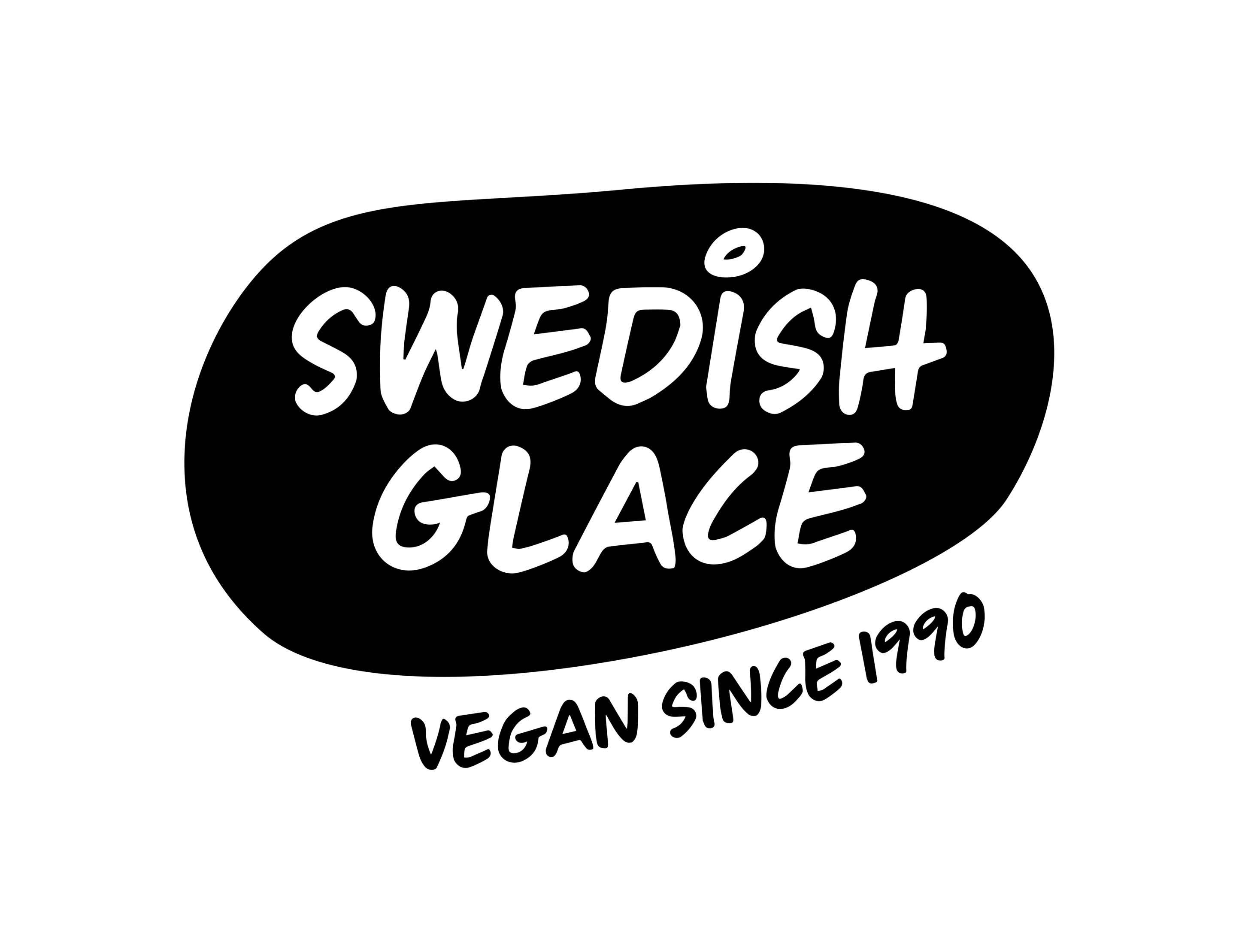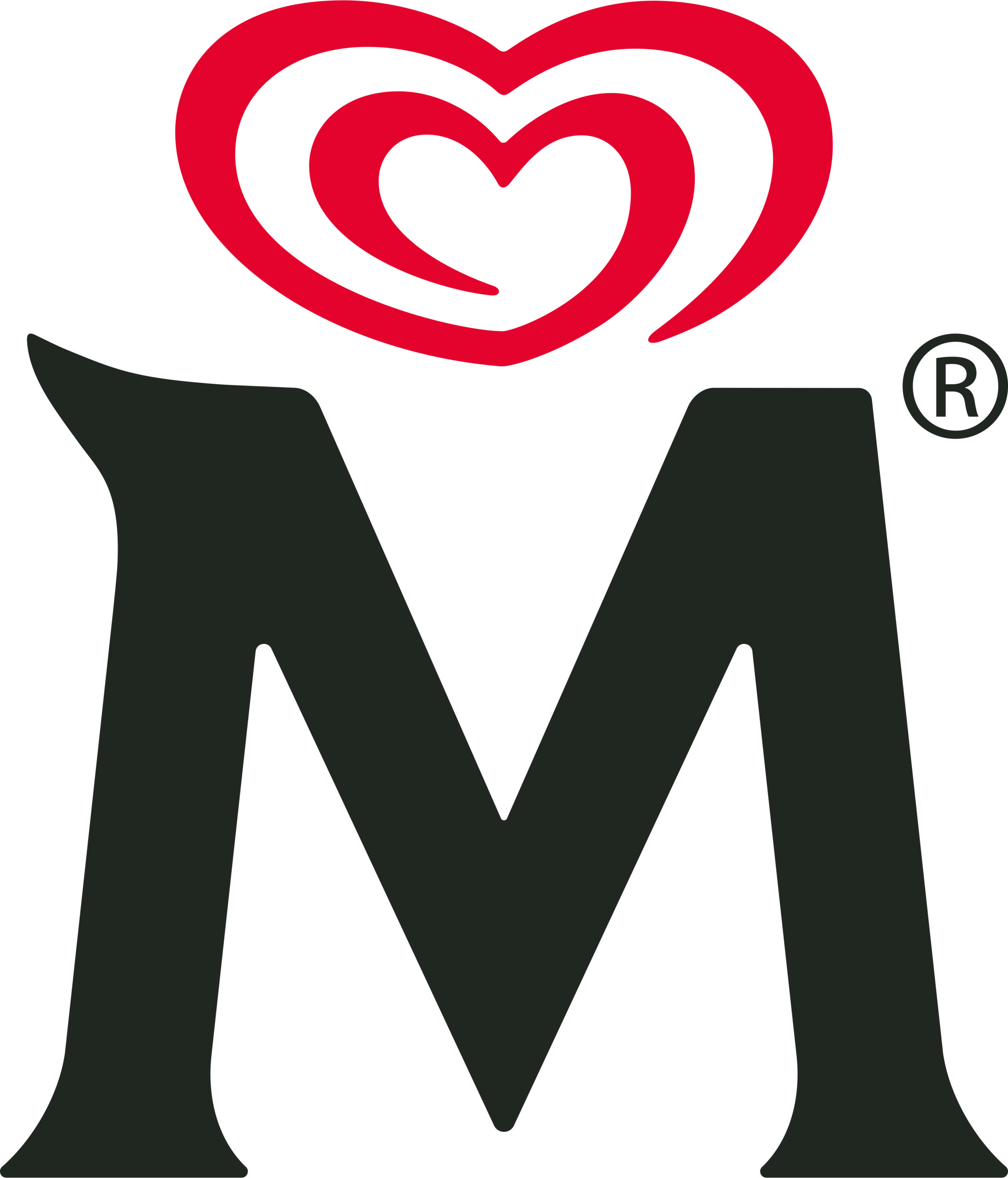About food allergens and our products
Learn more about food allergies
Our approach to helping with food allergies
This page tells you all about our approach to supporting people with food allergies and how to identify which products are most suitable.
The safety of our products is always our top priority and we know that for shoppers in the UK & Ireland who are affected by allergies and intolerances, including coeliac disease, being able to access allergen information quickly and easily is extremely important. That’s why we take care to provide clear and transparent information as part of our approach to labelling so you can make informed decisions about which products are right for you.
To help you do this, we highlight where allergens have been intentionally added to the product in the ingredients list in CAPITAL and / or bold letters and we also use precautionary allergen labelling (PAL) where there is a risk from the presence of unintended allergens because of cross-contact.
Please be aware that how and where we make our products can change from time to time, which means the same product can sometimes be made in different factories which can result in a different precautionary allergen label (PAL).
This is why, for your safety, it is important to always read the label before consuming a product, even if it is one you have consumed previously.
We also recommend seeking advice from your GP about any allergies or intolerances to ingredients.
Allergen labelling of our food products
We provide clear allergy and ingredient labelling on all our food products. We do this by highlighting all 14 major allergenic ingredients that must be declared as allergens in the EU and UK in capital and/or bold letters in the ingredients list, making it easy to spot them at-a-glance. These allergens are:
- Celery
- Cereals containing gluten
- Crustaceans
- Egg
- Fish
- Lupin
- Milk
- Molluscs
- Mustard
- Tree nuts
- Peanuts
- Sesame seeds
- Soybeans
- Sulphur dioxide and sulphites when present at concentrations above 10mg/kg or 10mg/litre
Precautionary allergen labelling (PAL)
In addition to labelling ingredients, if a risk assessment demonstrates that an allergen may be present and there is a potential risk to an allergic consumer due to the way the product is made then we also include a precautionary allergen label (PAL).
For example, if a factory makes other products that contain peanuts and the risk assessment demonstrates there is a potential risk to people with a peanut allergy from possible cross contact, we include a PAL such as ‘May contain peanuts’.
The Magnum Ice Cream Company believes that precautionary allergen labelling (PAL) has an important role to play in protecting allergic consumers and we do this when a risk assessment demonstrates there is a real risk to public health. When one of our products has a ‘may contain’ label it is communicating that the product should not be consumed by someone with an allergy to that allergen.
This type of allergen labelling is currently voluntary and applied in different ways by different companies which may be confusing, but where the risk is real then ignoring the label can be dangerous for those people that have allergies to the indicated allergen.
Always read the label
From time-to-time we may change our recipes or where or how we manufacture our products, and this will result in us having to change the ingredients label or precautionary allergen labelling (PAL). Please be aware that sometimes even the same brand and product can have different labels depending on which retailer they are being purchased from or how many items are in the pack. For example, a multi-pack of ice cream may have a different PAL to a single-serve ice cream because they could be made in different factories.
Which is why it is important to read the label every time before consuming that product, even if you have checked it before, as this will always provide you with the most up-to-date information for that particular item.
For more information visit:
Coeliac UK : www.coeliac.org.uk/home/
Allergy UK: www.allergyuk.org/
The Anaphylaxis Campaign: www.anaphylaxis.org.uk/
Free-from products
Gluten-free
People who have been diagnosed with coeliac disease should look for products that are labelled free-from gluten.
Gluten-free foods have been specially prepared and produced to either reduce the gluten content to no more than 20mg/kg of gluten or have had the gluten-containing ingredients substituted with other ingredients which are naturally free of gluten. If a product is gluten-free this will be clearly indicated on the pack or the product label.
Dairy-free and milk-free
Products labelled as dairy-free or milk-free are completely free-from milk or milk derivatives either as an intentionally added ingredient or from cross-contact. Those people diagnosed with dairy or milk allergies or intolerances should look for a product which is dairy or milk-free which will be clearly indicated on the pack or the product label.
Lactose-free
Products labelled as lactose-free are completely free-from lactose either as an intentionally added ingredient or from cross-contact. Those people who have been diagnosed with a lactose allergy or intolerance should look for a product which is lactose-free which will be clearly indicated on the pack or the product label.
Vegan products
Our range of vegan products have been developed for those people who do not want to consume ingredients of animal origin including meat, eggs, milk and honey. A vegan label means these ingredients have not been intentionally added to our products. The products are certified by the European Vegetarian Union (EVU) and carry the ‘V-Label’ which is registered both internationally and in the European Union.
On occasion, because of the way certain vegan products are made, there may be the chance of an animal-derived allergen being present unintentionally, as a result of cross contact, which is why they sometimes have a ‘May contain milk’ label for example. This means that even though the product is vegan, it may not be suitable for those with an allergy to an animal-derived allergen; which is why it is important to always read the label before consuming any of our products.
For more information visit the Food and Drink Federation(298KB-PDF)

